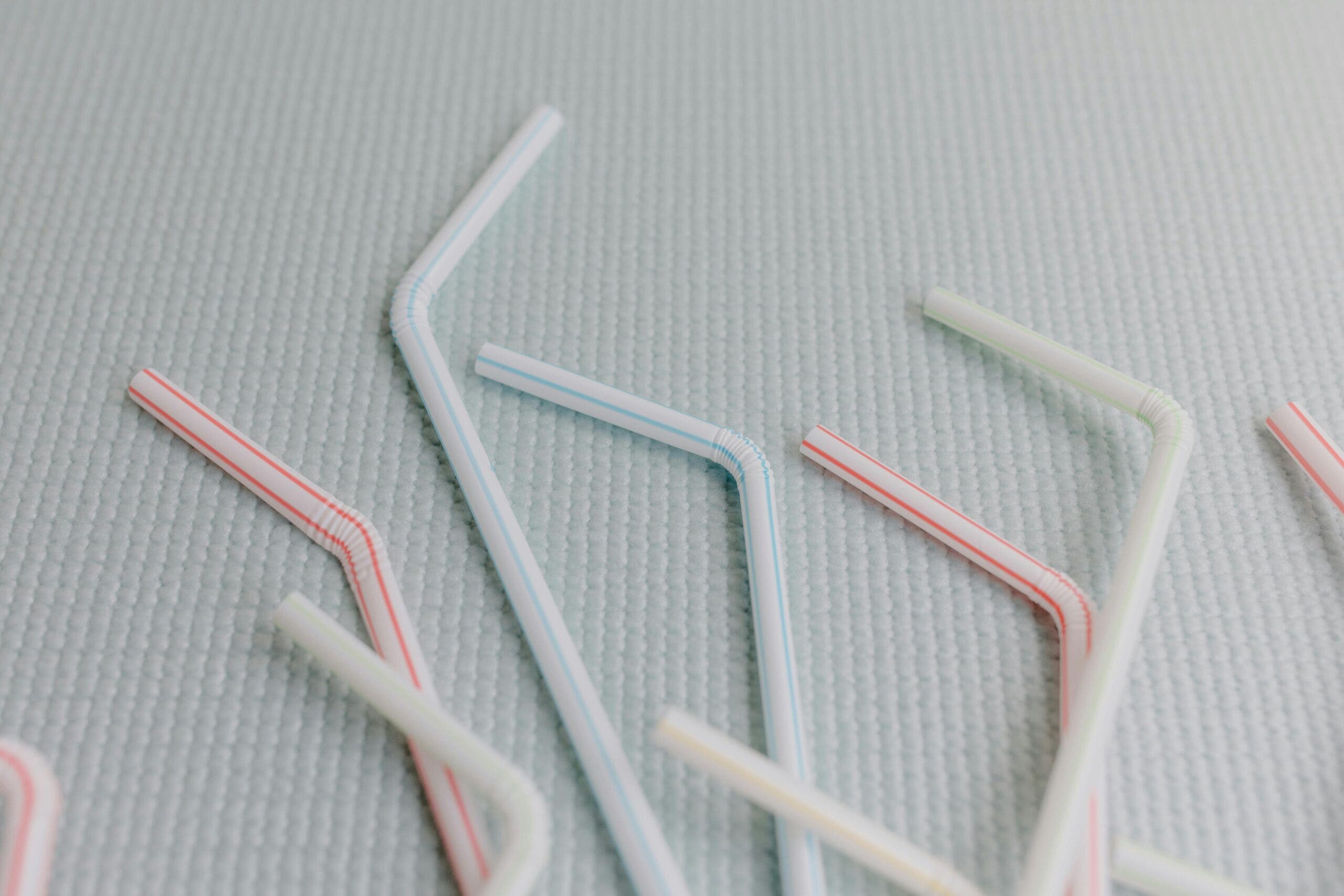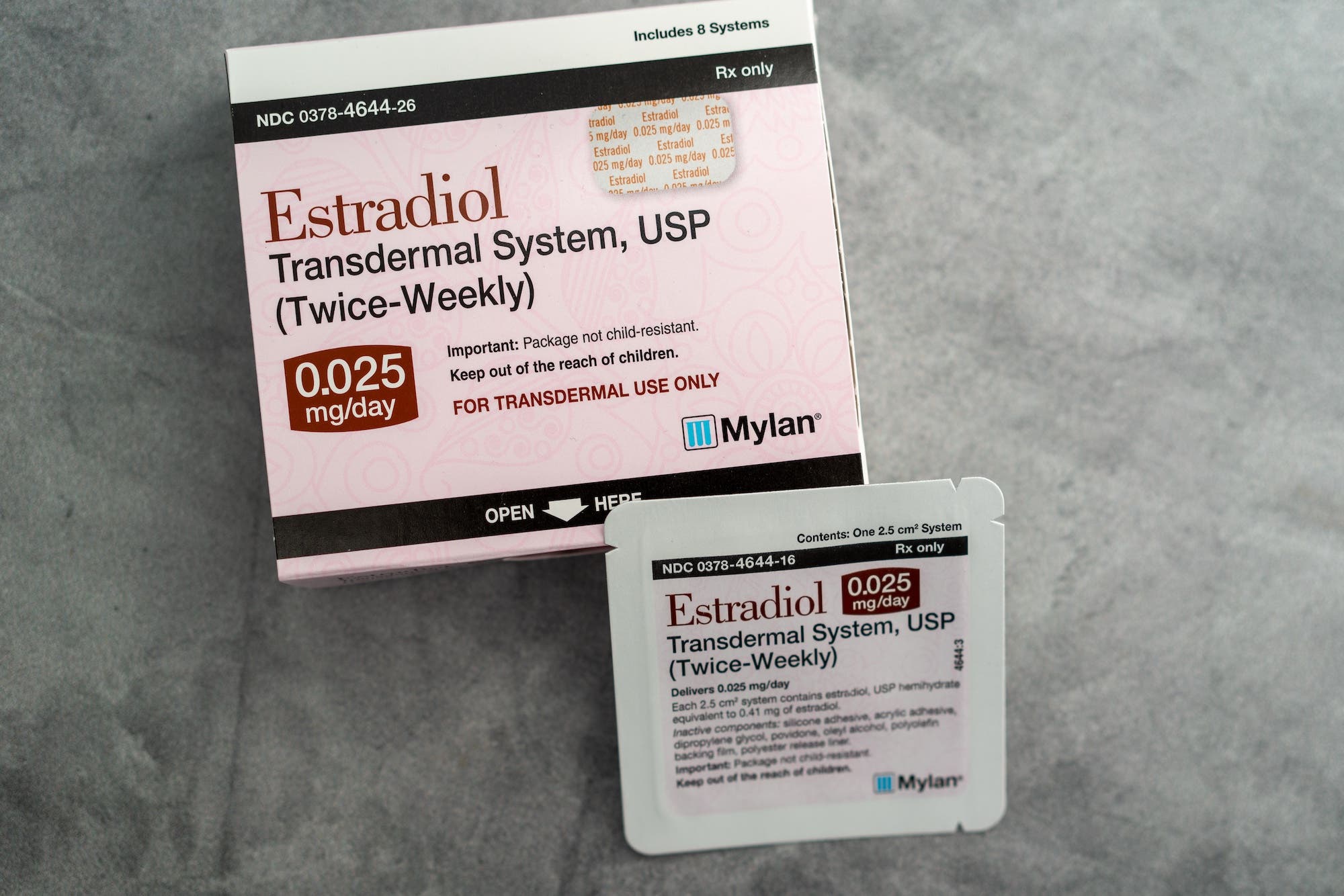Microplastics are everywhere — around us, and inside us. These tiny plastic particles, less than five millimeters in size, are in the water we drink, the food we eat, and the air we breathe. They migrate into the body and have been found in nearly every organ. Although scientists are still evaluating the health effects of microplastics, the general consensus is: This can’t be good. Research so far has suggested potential risks, from inflammation to hormone disruption, and that means threats to sperm health.
The good news? You can take easy steps to reduce the microplastics in your body. Let’s take a look at some simple but effective science-backed strategies to limit your exposure.
Key takeaways
- Microplastics have been isolated in 100% of human testicles studied. Semen samples have been found to contain three to five different types of plastic.
- Microplastics cause inflammation and contain endocrine disruptors that interfere with hormones, potentially impacting sperm production.
- Reducing the amount of plastic you use — such as swapping bottled water for tap and switching out plastic cutting boards — can reduce your exposure.
- Recent research found that antioxidant-rich plant foods may be protective against microplastic-related damage to the testicles.
Microplastics’ effects on fertility
In the last few years, studies on microplastics and their health effects have drawn shocked and grossed-out headlines worldwide. In 2019, scientists estimated that we inhale 16.2 bits of microplastics every hour, which can lodge deep in the airways.1
In 2024, microplastics were found in 100% of human testicles studied.2 Using testicular samples from 47 humans and 28 dogs, researchers dissolved the biological tissue and observed the solids that were left. About 75% of what remained was plastic. Ultimately, microplastics were found in every sample studied — 12 types of microplastics total. Another study found that most semen samples examined contained three to five different types of plastic.3
That’s concerning, because research has found that microplastics impact fertility — microplastics in semen may lead to a decrease in sperm count and motility, or movement.3 These tiny particles seem to cause inflammation and contain endocrine disruptors that interfere with hormones in the body, the kind that govern processes such as metabolism and sperm production. That’s a potential reason sperm counts have declined more than 50% worldwide over the last 40 years.4
Can you remove microplastics from your body?
So how do you neutralize the threat of microplastics? Is it possible to flush microplastics out of your body? Not at this time.
Most ingested microplastics seem to pass through the digestive system and are excreted. But many endocrine-disrupting chemicals, including those in plastics, are “forever chemicals” that never degrade or degrade very slowly. And smaller microplastics (especially nanoplastics) are particularly problematic — they can cross the gut barrier and enter tissues like the liver, kidneys, the brain, and yes, the testicles. Once microplastics are embedded in these organs, the body doesn’t have an efficient way to flush them out.
Some early research suggests that certain probiotics may boost the body’s ability to excrete microplastics.5 But for now, absent more research, the best strategy is to reduce the amount of plastic in your environment, and therefore the amount you may ingest.
How to reduce your microplastics consumption
The easiest way to reduce the number of microplastics in your body is to avoid microplastics in your food and drink. You can also take a look at your household routines and consider fertility-friendly cleaning products.
Switch to tap water
The average American drinks more than 47.1 gallons of bottled water per year.6 Unfortunately, that’s mostly from plastic bottles, which can shed microplastics into their consumable contents. “People don’t think of plastics as shedding, but they do,” Sherri Mason, director of sustainability at Penn State Behrend, told CNN last year. “In almost the same way we’re constantly shedding skin cells, plastics are constantly shedding little bits that break off.”
And a 2024 study found the number of microplastics shed from bottled water was 10 to 100 times larger than previously believed. Researchers said that one liter of water (about the size of two standard bottled waters) holds an average of 240,000 plastic particles from seven types of plastics.7
So swapping bottled water for tap could be the easiest and most impactful way to limit your microplastic exposure. People who only drink bottled water ingest about 90,000 microplastics per year, but switching to tap water slashes that number to about 4,000 — a 90% reduction.8
Stop heating plastic in the microwave
Still using plastic containers or plastic wrap to nuke your food? You might want to detach. Researchers found microwaving just one square centimeter of plastic for three minutes releases 4.22 million microplastic particles and 2.11 billion nanoplastic particles into the air and potentially into you.9
When you’re heating food in the microwave, use glass or ceramic dishes and covers instead. The same goes for storing food. Reducing the number of plastic bottles, containers, and dishware around your house is a smart idea.
Chuck your plastic cutting board
When you slice and chop food against a plastic cutting board, you’re releasing more than flavor. A 2023 study found that plastic cutting boards leach significant quantities of microplastics into food, exposing the average person to anywhere from 14.5 to 79.4 million microplastic particles a year.10 A healthier option: Swap plastic boards for wood, bamboo, or glass.
How to reduce the health effects of microplastics and protect your sperm
Emerging research has found that certain antioxidants may protect your fertility, and your overall health, from the damaging effects of microplastics.
Eat more colorful fruits and vegetables
A recent study found that anthocyanins — a natural chemical found in red, purple, blue, and black plants — may protect against the reproductive harm caused by microplastics, including oxidative stress and damage to testicular tissue.11
Berries are particularly rich sources of anthocyanins, including strawberries, blueberries, blackberries, and raspberries; elderberries and chokeberries have the most. Other good sources of anthocyanins include cherries, plums, pomegranates, eggplants, grapes, and red or purple vegetables such as black carrots, red cabbage and purple cauliflower.12
Test and freeze your sperm
Curious about how exposure to toxins like microplastics could be affecting your fertility and sperm health?
A semen analysis is a good way to assess your fertility. It evaluates the key markers of sperm quality that might be affected by environmental exposures like microplastics, including count, motility, and morphology (shape). Sperm production reboots about every 72 days, so after you’ve tested, you can take steps to improve your sperm quality and re-assess.
We’re exposed to over 100,000 microplastics each year. While we can reduce that number, we can’t eliminate it completely — remember how we inhale 16 each hour, just from the air? To protect your sperm from threats today and in the future, freeze it now to preserve your peak fertility.
Explore at-home sperm testing & freezing kits.
References
4. Swan, Shanna H. Count Down: How Our Modern World Is Threatening Sperm Counts, Altering Male and Female Reproductive Development, and Imperiling the Future of the Human Race, 2021.
6. International Bottled Water Association, “Bottled Water Consumption Shift,” 2024.
7. Qian et al, “Rapid single-particle chemical imaging of nanoplastics by SRS microscopy,” 2024.
8. Fabiano et al, “Human microplastic removal: what does the evidence tell us?,” 2025.
10. Yadav et al, “Cutting Boards: An Overlooked Source of Microplastics in Human Food?,” 2023



